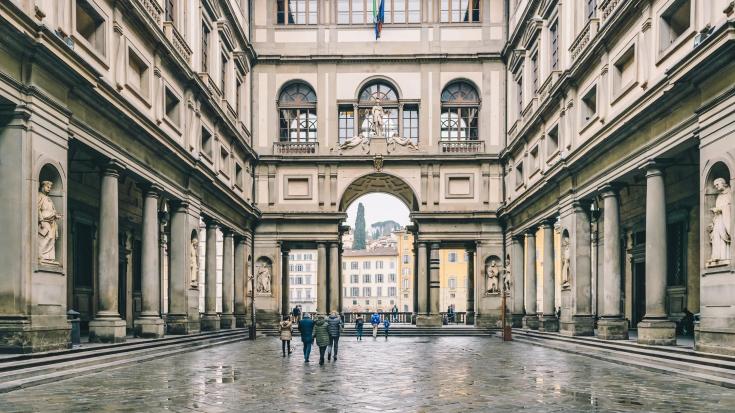Best Practices for Spreading Tourism in Time and Space
Through collaborative efforts and the implementation of cutting-edge technologies, destinations around the world are addressing the challenges of overcrowding, enhancing visitor experiences, and fostering community engagement.
Eleven standout best practices in tourism management have been identified across various destinations. Among these: In Florence, Italy, the municipality utilized mobile data to regulate visitor flow, emphasising stakeholder cooperation and addressing data privacy concerns. In Dubrovnik, Croatia, the Tourism board introduced the enhanced Dubrovnik Card to disperse visitors beyond the historic core, promoting tourism in off-peak seasons and collaborating with transport stakeholders. Copenhagen's Superkilen project exemplified creative placemaking, transforming an economically deprived neighbourhood into a vibrant space celebrating cultural diversity, engaging the community, and attracting both residents and visitors. The Netherlands employed AI-powered technology for tourism promotion, allowing users to visualise streets with Dutch characteristics, potentially aiding in showcasing destinations across different seasons. Lastly, Souq Waqif in Doha used crowd management simulation software to optimise visitor circulation and ensure safety during both regular and emergency situations, showcasing innovative approaches to managing tourism.
These best practices demonstrate the diverse strategies employed by destinations to manage tourism sustainably. From leveraging technology to enhancing visitor experiences and fostering community involvement, each initiative contributes to achieving tourism balance. Moving forward, it is essential for destinations to adapt and innovate, continually seeking new approaches to address the complexities of tourism management.
As we navigate the challenges of a rapidly evolving global tourism landscape, the lessons learned from these best practices serve as valuable insights for shaping the future of tourism in a balanced and sustainable manner.

